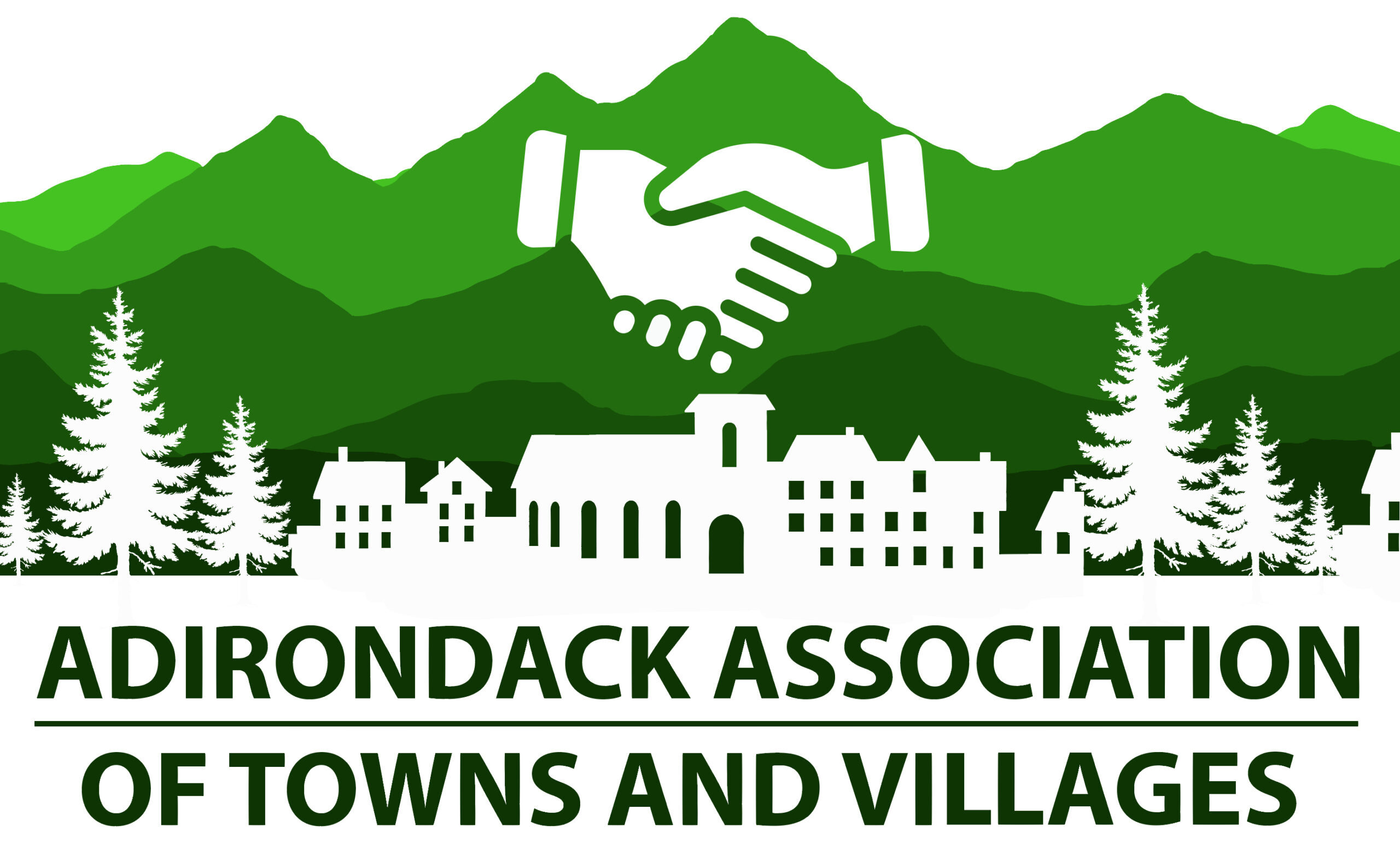APA LAND CLASSIFICATION
January 07, 2017
AATV SUPPORTS ALTERNATIVE 1 for BOREAS PONDS TRACT
AATV is steadfast in the position that Alternative 1 is the only classification that both protects the environment and allows reasonable access for all ages and abilities, including the physically fit and disabled. This mix of both Wild Forest and Wilderness classification outlined in Alternative 1 creates a balance of protection for sensitive lands and recreational use of existing infrastructure (logging roads). The Five Towns have significantly compromised to support this classification. Any other alternative proposed will extinguish both tourism and new economic opportunities for the area.
Adirondack Park Agency Commissioners recommend proposed land classifications to Governor Cuomo, according to the guidelines and criteria of the Adirondack Park State Land Master Plan (APSLMP). Governor Cuomo may then accept, modify, or reject the APA recommendation.
2016 – 2017 Amendments to the Adirondack Park State Land Master Plan involving the Classification and Reclassification of 54,418 acres of State Lands in the Adirondack Park which include the Boreas Ponds Tract, 32 Additional Classification Proposals, 13 Reclassification Proposals, and 56 Classifications involving map corrections. For specific details and maps please visit: http://apa.ny.gov/
- The Adirondack Park Agency Act requires the Agency to classify state lands according to “their characteristics and capacity to withstand use.” Each classification level is clearly defined in the Adirondack Park State Land Use Master Plan. We call upon the Park Agency to adhere to these requirements and definitions whenever classifying or reclassifying properties
- We believe that many of the properties under review have the characteristics and capacity to be considered “Wild Forest” and should be classified as such. A “Wild Forest” classification allows for reasonable access for people of all ages and abilities, and a range of recreational activities that expands the numbers of people who may be attracted to our region. With broad recreation options comes increased visitors and economic survival for our local communities
- New York State’s acquisition, and responsible recreational management, of Adirondack properties can attract more visitors to the region and strengthen the economies of small Adirondack towns – if those properties are reasonably accessible to people of all ages and abilities.
- Access and environmental protection are not goals in opposition. The combination has worked well throughout much of the Adirondack Park. Public access builds appreciation for the Adirondack forest and Adirondack communities and attracts new visitors to the region. The Unit Management Plan process helps ensure that appropriate environmental safeguards are in place.
- By providing reasonable access to newly acquired properties, New York State will give recreationalists new places to visit, and relieve some of the public over-use of the Adirondack High Peaks.
- Making Adirondack properties accessible to children of all ages will provide parents with a valuable opportunity to teach their families about respect for the environment, and cultivate future generations of Adirondack recreationalists.
- The classification process determines only the universe of public uses that may be allowed on the property. Final decisions on specific allowable uses, and appropriate environmental safeguards, are not determined until the Unit Management Plan process. We encourage the Park Agency to establish classifications that allow for reasonable access for people of all ages and abilities based upon the history and characteristics of each individual property, and to use the UMP process to apply appropriate environmental safeguards.

Recent Comments